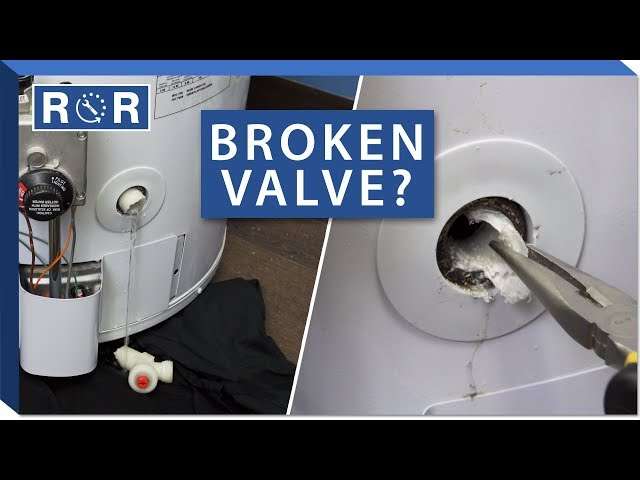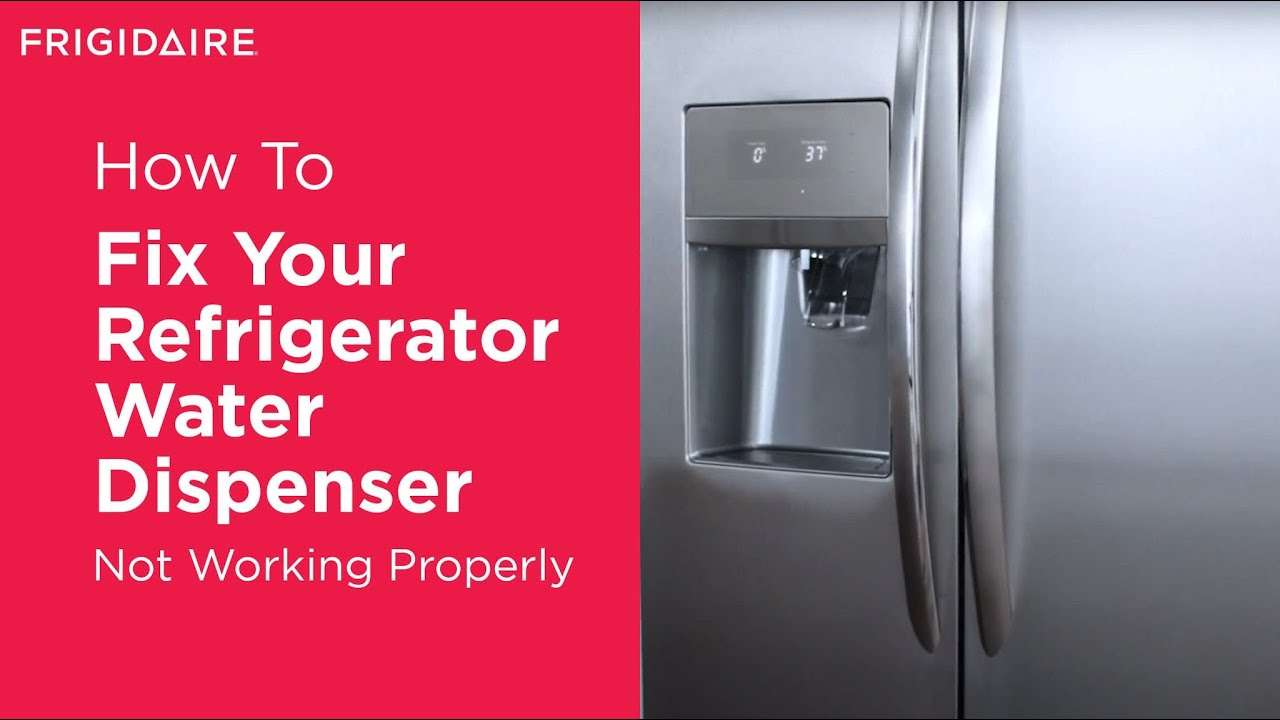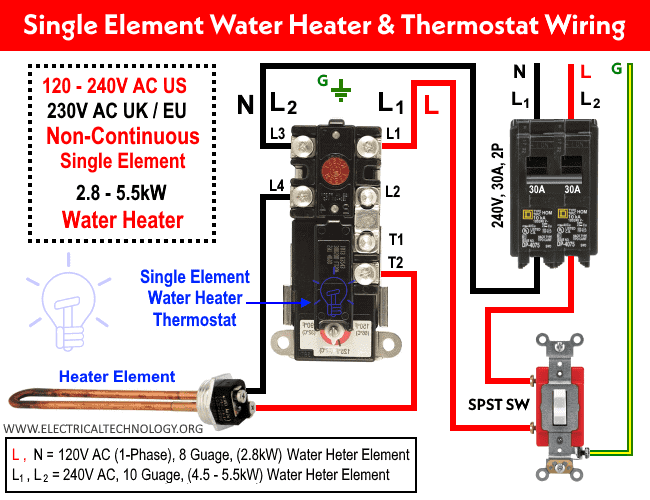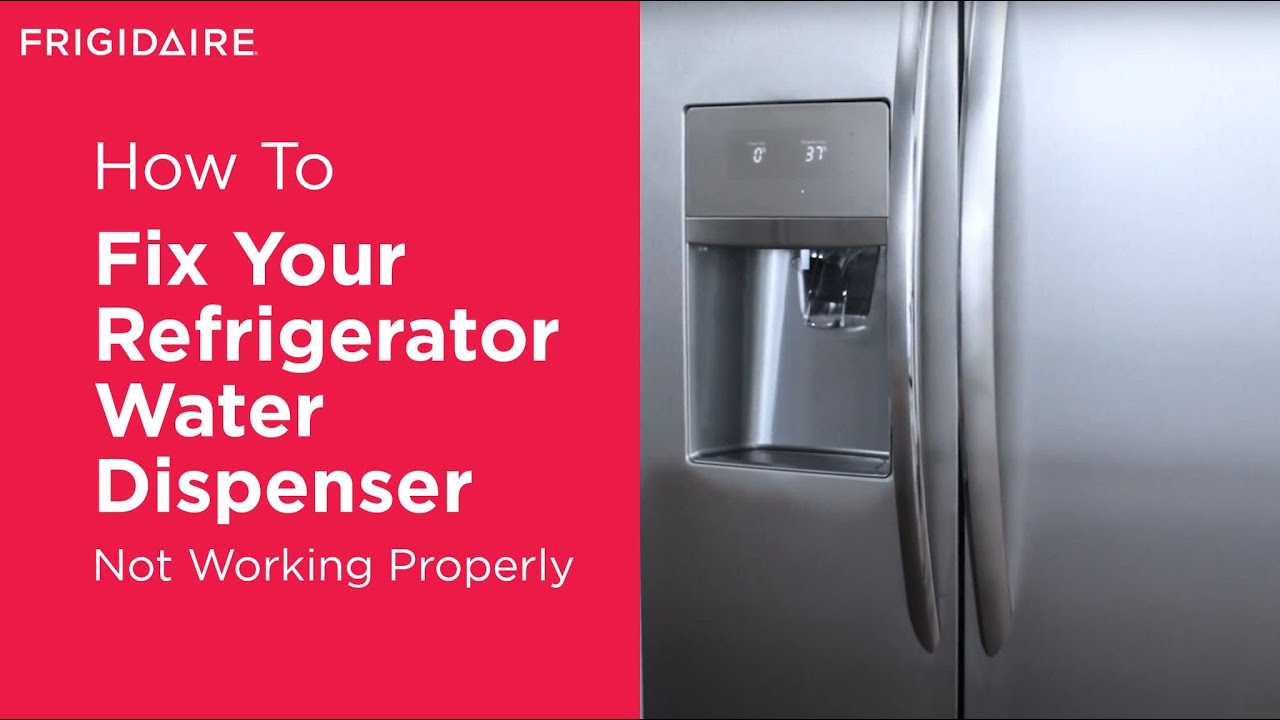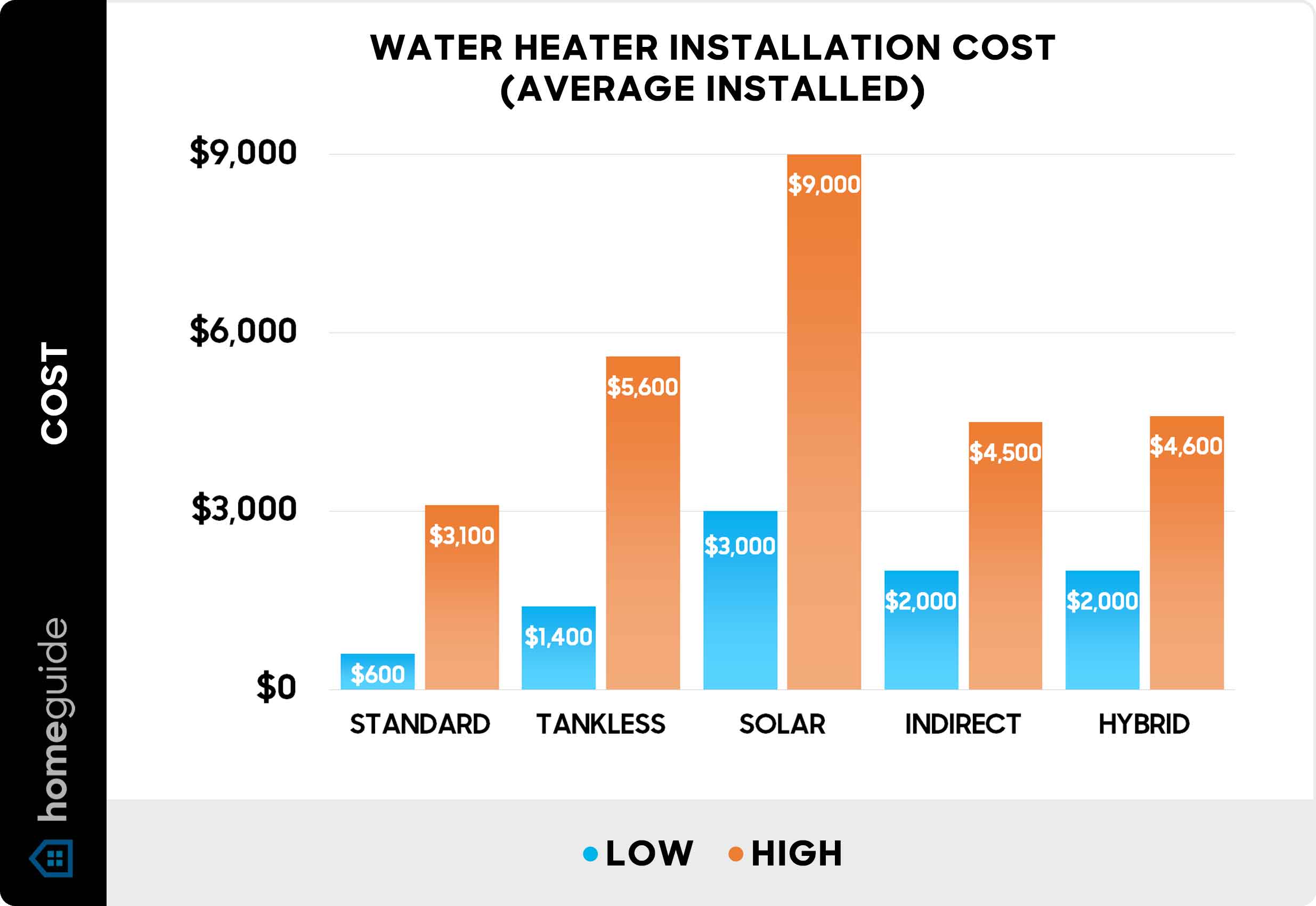The Samsung 33-inch wide refrigerator with water and ice dispenser represents a harmonious blend of style, functionality, and advanced technology, designed to elevate the modern kitchen experience. For homeowners seeking a compact yet spacious cooling solution, this appliance offers an array of features catering to diverse needs. This refrigerator is not only a practical addition, but it also enhances the aesthetic appeal of your kitchen with its sleek design and premium finish. Let’s delve into the key aspects of the Samsung 33-inch wide refrigerator with water and ice dispenser, exploring its design, features, and performance capabilities.
Design and Aesthetics
The Samsung 33-inch wide refrigerator boasts a contemporary design that seamlessly integrates into various kitchen styles. Its clean lines, stainless steel finish (available in some models), and recessed handles contribute to a sophisticated and modern look. The strategically placed LED lighting illuminates the interior, making it easy to locate items even in low-light conditions. The external water and ice dispenser adds a touch of convenience and elegance, providing chilled water and ice on demand.
- Exterior Finish: Available in stainless steel, black stainless steel, and other finishes to match your kitchen décor.
- Handle Design: Recessed handles for a sleek and streamlined appearance.
- Lighting: Energy-efficient LED lighting to illuminate the interior.
Key Features and Functionality
Beyond its aesthetic appeal, the Samsung 33-inch wide refrigerator is packed with features designed to optimize food preservation and enhance user convenience. The water and ice dispenser offers filtered water and cubed or crushed ice, eliminating the need for separate water filters. Advanced cooling technologies, such as Twin Cooling Plus, maintain optimal humidity levels in both the refrigerator and freezer compartments, preventing food from drying out and preserving freshness for longer.
Twin Cooling Plus Technology
This innovative technology uses separate cooling systems for the refrigerator and freezer compartments, preventing odor transfer and maintaining optimal humidity levels. This results in fresher food and reduced food waste.
Water and Ice Dispenser
The external water and ice dispenser provides convenient access to chilled water and ice without opening the refrigerator door. The dispenser features a water filter to ensure clean and refreshing water.
Adjustable Shelving and Storage
The interior is designed with adjustable shelves, door bins, and drawers, allowing you to customize the storage space to accommodate various food items. The spill-proof shelves contain spills, making cleanup quick and easy.
Performance and Efficiency
The Samsung 33-inch wide refrigerator is engineered for optimal performance and energy efficiency. Its digital inverter compressor adjusts its speed in response to cooling demands, reducing energy consumption and minimizing noise levels. The refrigerator is also equipped with smart features, such as a door alarm, which alerts you if the door is left open, preventing energy waste.
Here’s a comparison of typical features vs. possible upgrades:
| Feature | Typical Model | Possible Upgrade |
|---|---|---|
| Dispenser | Water and ice | Water, ice, and sparkling water |
| Cooling | Twin Cooling Plus | Triple Cooling System |
| Shelving | Adjustable glass shelves | Slide-in shelves for easy access |
SMART FEATURES AND CONNECTIVITY
Select models of the Samsung 33-inch wide refrigerator incorporate smart features that elevate user experience and convenience. Through integration with the Samsung SmartThings platform, users can remotely monitor and control refrigerator settings via their smartphones or other compatible devices. This includes adjusting temperature settings, receiving alerts for door openings, and even diagnosing potential issues. Furthermore, some models feature built-in Wi-Fi connectivity and Bixby voice control, enabling hands-free operation and seamless integration with other smart home appliances.
REMOTE MONITORING AND CONTROL
The ability to remotely monitor and control the refrigerator’s settings provides unparalleled convenience and peace of mind. Users can ensure optimal temperature settings even when away from home, minimizing food spoilage and maximizing energy efficiency.
VOICE CONTROL INTEGRATION
Voice control functionality, powered by Bixby, allows users to interact with the refrigerator hands-free. This feature is particularly useful when hands are occupied or for individuals with mobility limitations. Commands such as “Set the freezer temperature to -18 degrees Celsius” or “Dispense ice” can be executed with ease.
SMART DIAGNOSIS
The smart diagnosis feature proactively identifies potential issues and provides troubleshooting guidance. This reduces the need for costly repairs and ensures the refrigerator operates at peak performance.
MAINTENANCE AND DURABILITY
Maintaining the Samsung 33-inch wide refrigerator is a straightforward process, designed to ensure longevity and optimal performance. Regular cleaning of the interior and exterior surfaces is recommended to prevent the buildup of grime and maintain a hygienic environment. The water filter should be replaced periodically, typically every six months, to ensure the continuous supply of clean and filtered water. Furthermore, cleaning the condenser coils, located at the rear of the refrigerator, is essential for maintaining efficient cooling performance. Samsung refrigerators are constructed with high-quality materials and are designed to withstand the rigors of daily use. The digital inverter compressor, backed by a comprehensive warranty, ensures years of reliable operation.
CONSIDERATIONS BEFORE PURCHASE
Prior to acquiring a Samsung 33-inch wide refrigerator, prospective buyers should consider several factors to ensure it aligns with their specific needs and preferences. The available kitchen space should be carefully measured to confirm that the refrigerator will fit comfortably without obstructing access or creating an aesthetically unbalanced layout. The required features, such as the presence of a water and ice dispenser or smart connectivity, should be evaluated to determine the most suitable model. The energy efficiency rating should be assessed to minimize long-term operating costs. Finally, comparing prices from different retailers and considering available promotions is advisable to secure the best possible value.
The Samsung 33-inch wide refrigerator with water and ice dispenser represents a significant advancement in home appliance technology, offering a compelling blend of style, functionality, and convenience. Its ability to seamlessly integrate into modern lifestyles makes it a valuable addition to any kitchen.


